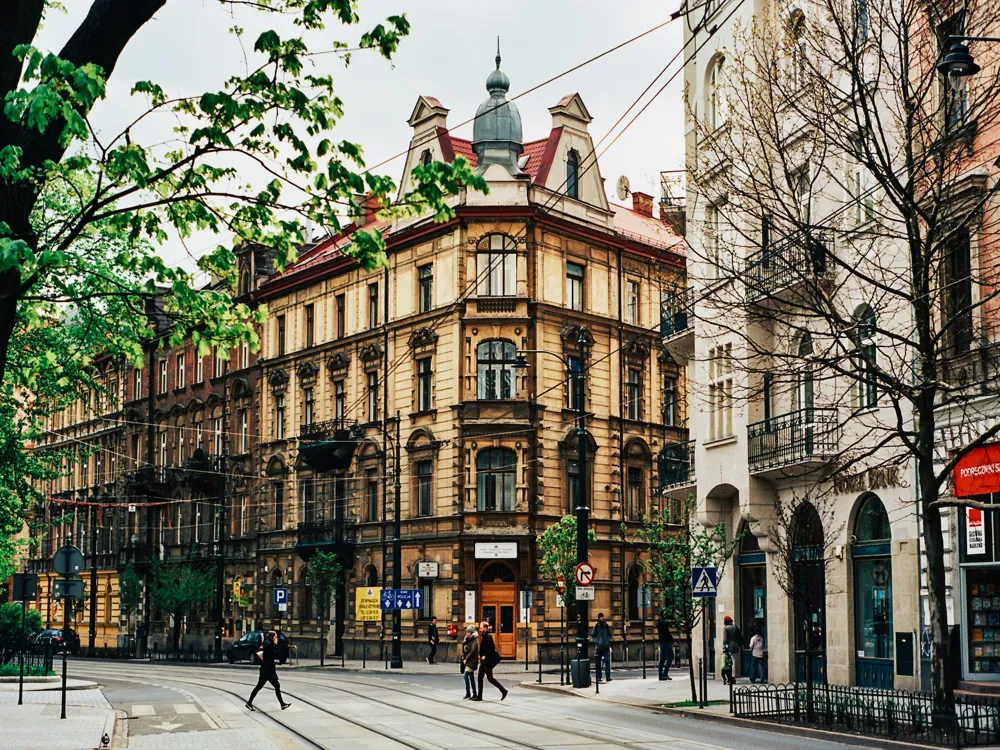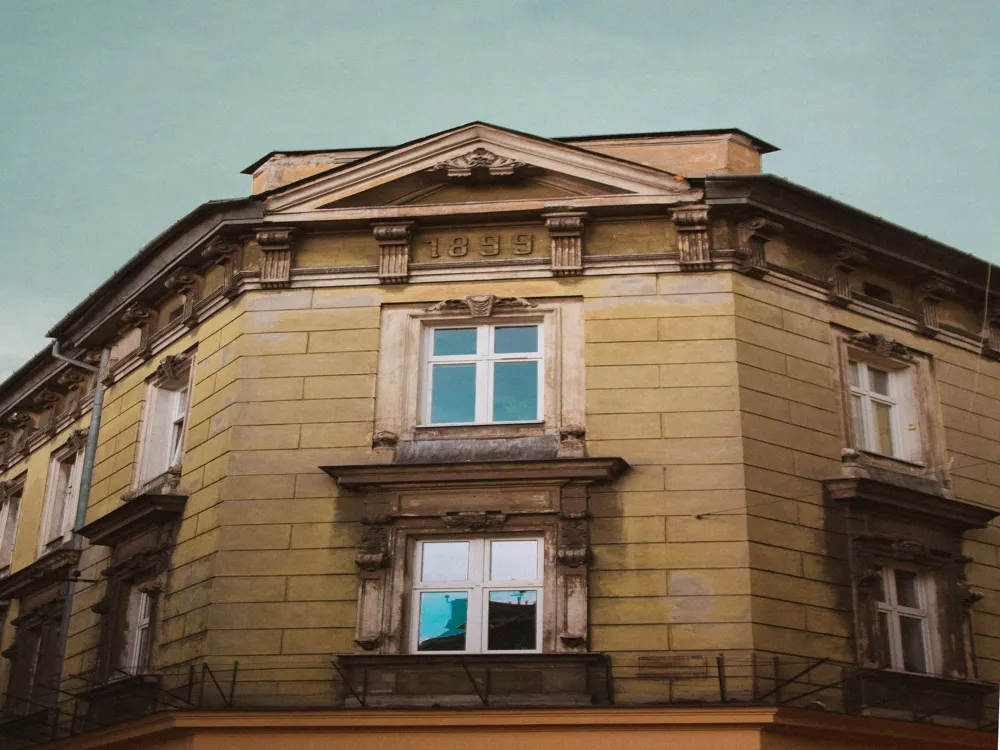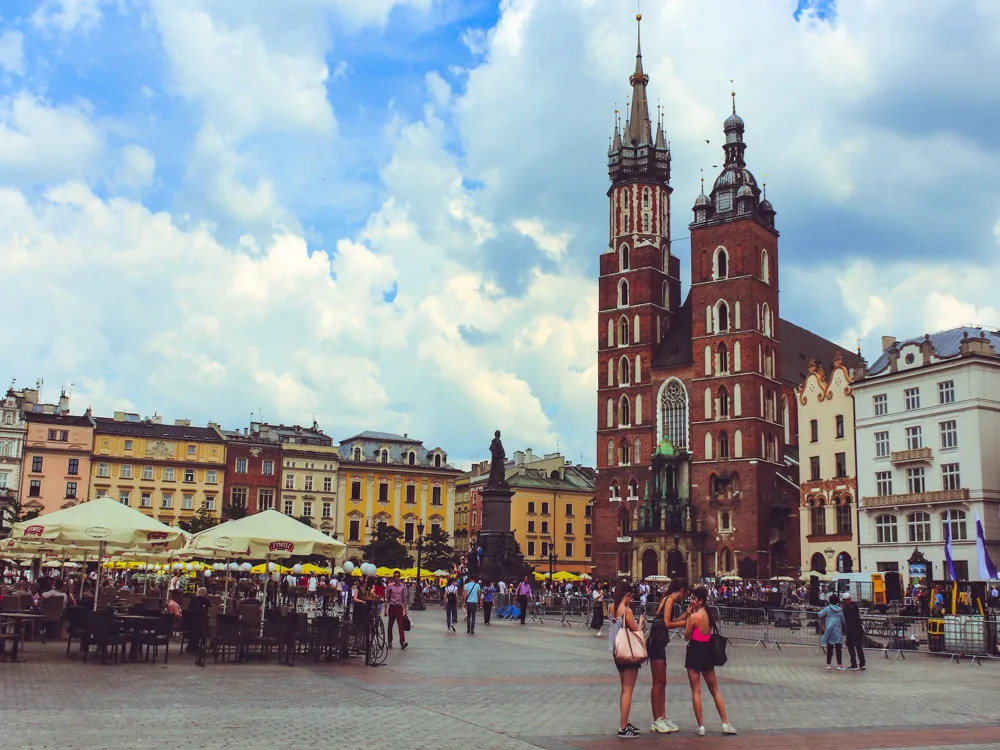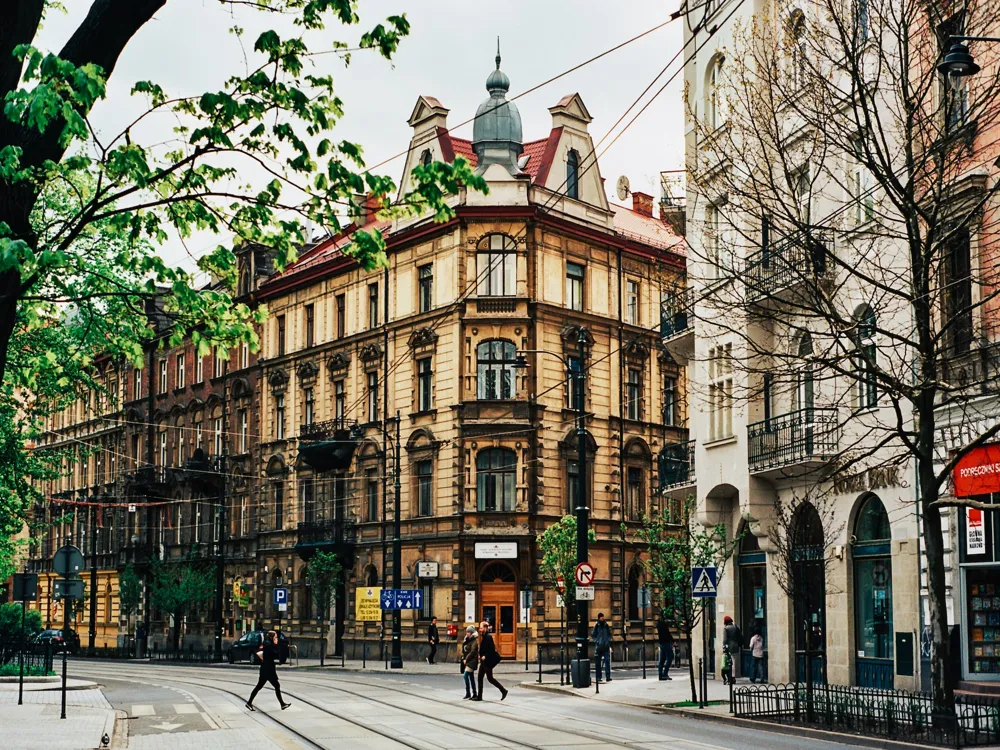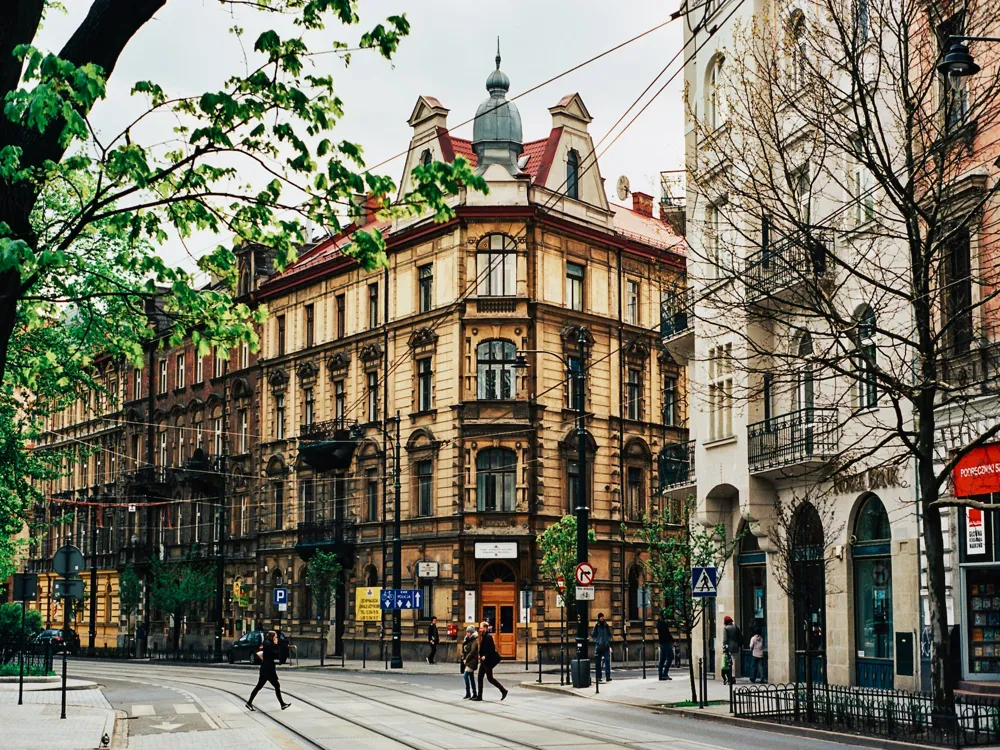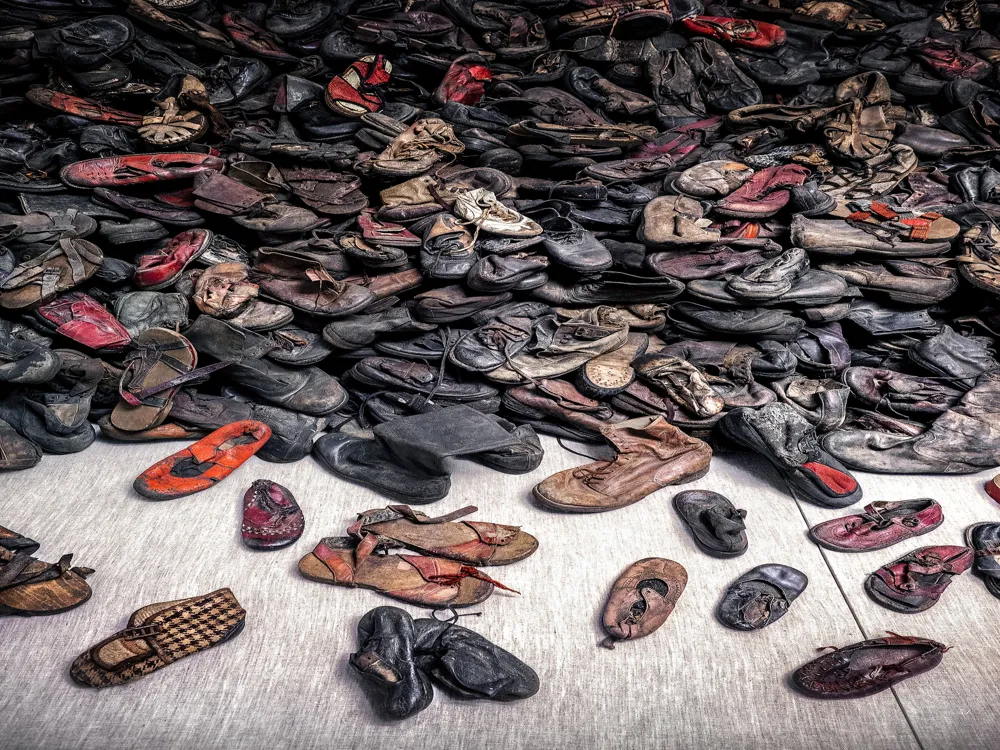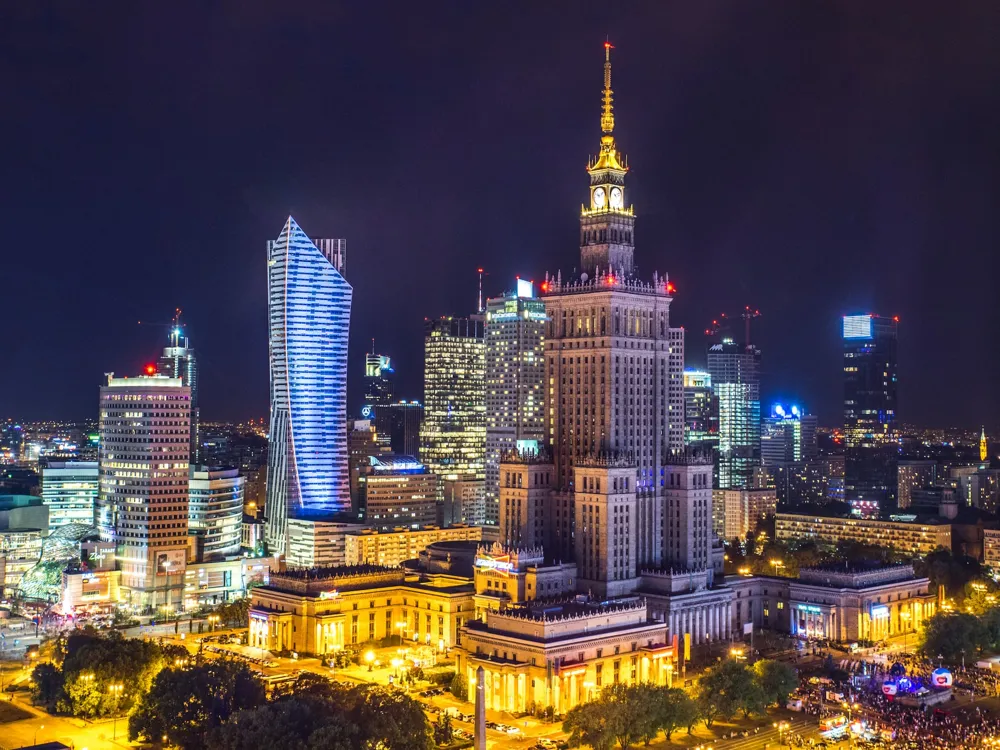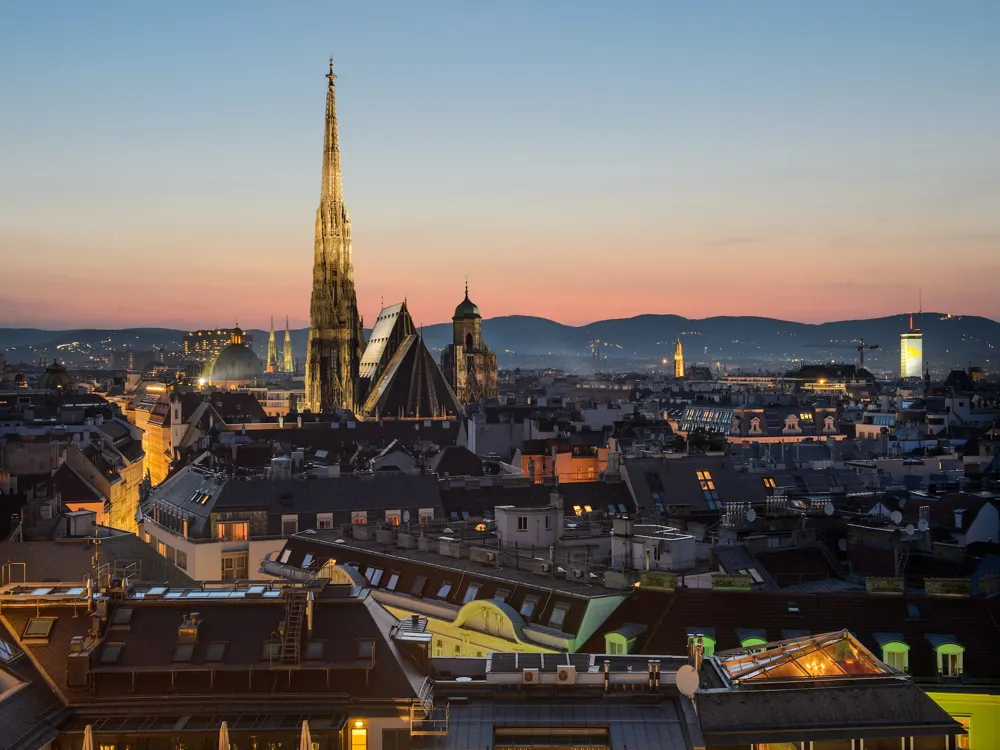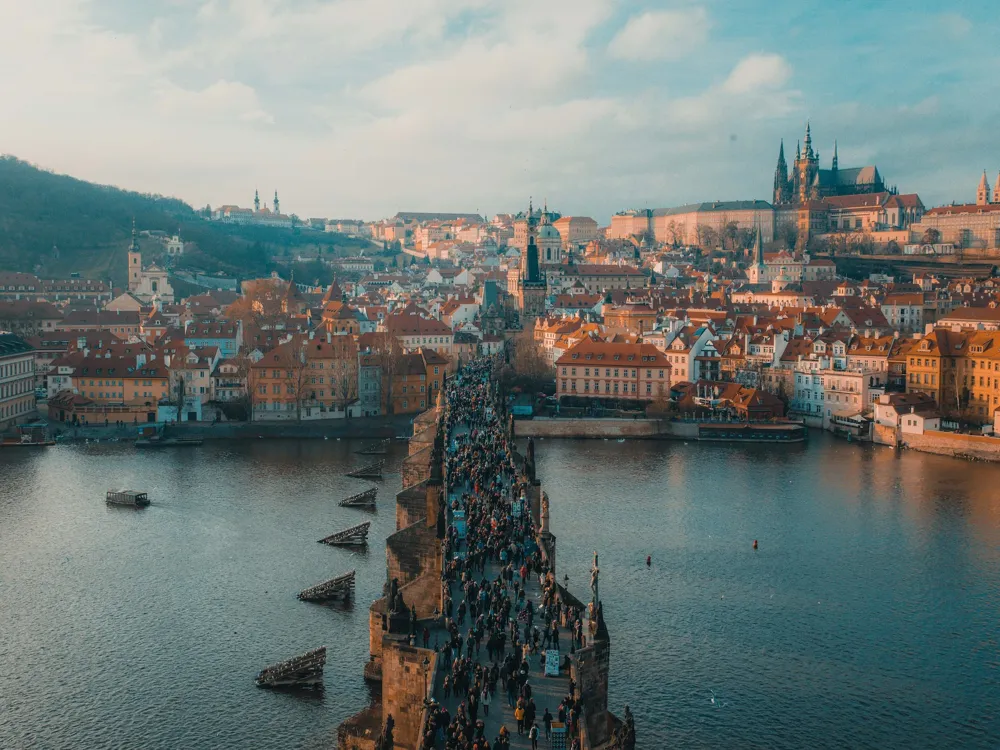The Auschwitz-Birkenau concentration camps, located near Krakow, Poland, stand as a somber reminder of one of history's darkest chapters. Established by the Nazis during World War II, these camps were central to the Holocaust, where millions of Jews, Poles, Soviet POWs, Romani, and others were systematically exterminated. The site comprises two main parts: Auschwitz I, the original camp, and Auschwitz II-Birkenau, a much larger complex. Today, it serves as a museum and a memorial, educating visitors about the atrocities committed and the importance of remembering and understanding this period. Auschwitz I was initially established in 1940 to hold Polish political prisoners. Over time, its role expanded, and it became a major site in the Nazi's Final Solution. The camp's buildings, initially army barracks, were repurposed to house the increasing number of detainees. Conditions were brutal; overcrowding, starvation, forced labor, and inhumane treatment were rampant. The infamous gate bearing the cynical motto 'Arbeit Macht Frei' (Work Sets You Free) still stands at the entrance, a haunting symbol of deception and cruelty. Due to the escalating needs of the Holocaust, Auschwitz II-Birkenau was constructed in 1941. This camp was designed explicitly for mass extermination, equipped with gas chambers and crematoria. The architecture of Birkenau was cruelly efficient, optimized for the purpose of genocide. Its sheer size and the scale of the atrocities committed there are difficult to comprehend. The remains of the gas chambers, barracks, and railway tracks at Birkenau are a stark testament to the industrial scale of the Holocaust. The daily life of prisoners in the Auschwitz camps was a relentless struggle for survival. Inmates faced inhumane living conditions, constant fear of selection for the gas chambers, brutal work assignments, and rampant disease. Despite the dire circumstances, there were acts of resistance and solidarity among prisoners, offering a glimmer of humanity in the midst of horror. After the liberation of Auschwitz by the Soviet army in 1945, the camps were eventually transformed into a memorial and museum. The site serves to educate the public about the Holocaust and to honor the memory of those who perished. The preservation of the camps' remnants, including personal belongings of the victims, offers a poignant and direct connection to the past. The architecture of the Auschwitz-Birkenau concentration camps is a grim reflection of their purpose. The design and layout of these camps were meticulously planned to carry out the Nazi regime's objectives of mass imprisonment, forced labor, and extermination. The overall design of Auschwitz I and II reflected a disturbing blend of efficiency and brutality. Barracks, gas chambers, crematoria, and administrative buildings were arranged to facilitate the camp's gruesome functions. The architecture was utilitarian, stark, and imposing, intended to dehumanize and control the prisoners. Auschwitz I, originally a military barracks, was converted into a concentration camp with minimal structural changes. The brick buildings, while ordinary in appearance, were scenes of untold suffering. The camp also housed the infamous Block 11, known as the 'Death Block,' where prisoners were subjected to torture and executions. Auschwitz II-Birkenau was purpose-built for mass extermination. Its design included railway lines leading directly to the gas chambers, allowing for the systematic and efficient processing of victims. The wooden and brick barracks were overcrowded, offering minimal shelter and facilitating the spread of disease. The architecture of the Auschwitz-Birkenau camps played a crucial role in the Holocaust. It reflects the chilling reality of how the built environment can be manipulated for evil purposes, turning structures into instruments of mass murder. Today, the preservation of the camps' architecture is vital for historical and educational purposes. The remaining structures serve as a powerful visual and emotional reminder of the Holocaust, ensuring that the lessons of this tragedy are not forgotten. Visiting Auschwitz-Birkenau is a profound and sobering experience. It is advisable to prepare mentally and emotionally for the visit. Reading about the Holocaust and the history of the camps beforehand can provide context and deepen your understanding. Opting for a guided tour is highly recommended. Knowledgeable guides provide invaluable insights into the history and significance of various sites within the camps. They can also answer questions and offer a more comprehensive understanding of the events that took place. Visitors should remember that Auschwitz-Birkenau is a memorial site. Respectful behavior is expected at all times. This includes dressing appropriately, maintaining silence in certain areas, and not touching or taking anything from the site. Auschwitz-Birkenau is located approximately 70 kilometers west of Krakow, Poland. There are several ways to reach the camps, including by public transport, organized tours, or car. Buses and trains regularly run from Krakow to the town of Oswiecim, where the camps are located. Organized tours often include transportation and can be a convenient option. If driving, there is ample parking available near the museum. Read More:Overview of Auschwitz-Birkenau Concentration Camps
The Early Days of Auschwitz
Expansion to Auschwitz II-Birkenau
Life and Death in the Camps
Post-War Transformation into a Memorial
Architecture of Auschwitz-Birkenau Concentration Camps
Design Philosophy and Layout
Auschwitz I: The Original Camp
Auschwitz II-Birkenau: The Extermination Camp
The Role of Architecture in the Holocaust
Preservation and Memorialization
Tips When Visiting Auschwitz-Birkenau Concentration Camps
Preparing for Your Visit
Guided Tours
Respecting the Memorial
How To Reach Auschwitz-Birkenau Concentration Camps
Auchwitz-Birkenau Concentration Camps
Krakow
₹ 115,593 onwards
View krakow Packages
Krakow Travel Packages
View All Packages For Krakow
Top Hotel Collections for Krakow

Private Pool

Luxury Hotels

5-Star Hotels

Pet Friendly
Top Hotels Near Krakow
Other Top Ranking Places In Krakow
View All Places To Visit In krakow
View krakow Packages
Krakow Travel Packages
View All Packages For Krakow
Top Hotel Collections for Krakow

Private Pool

Luxury Hotels

5-Star Hotels

Pet Friendly







